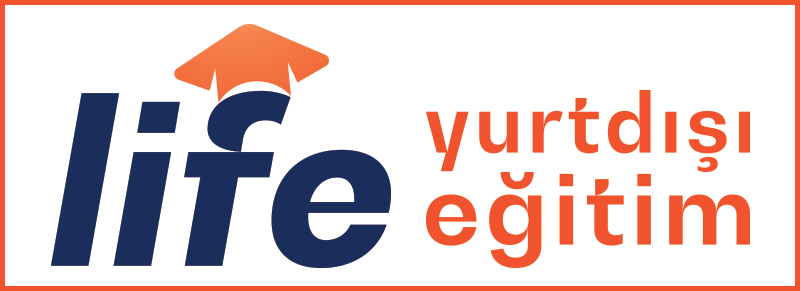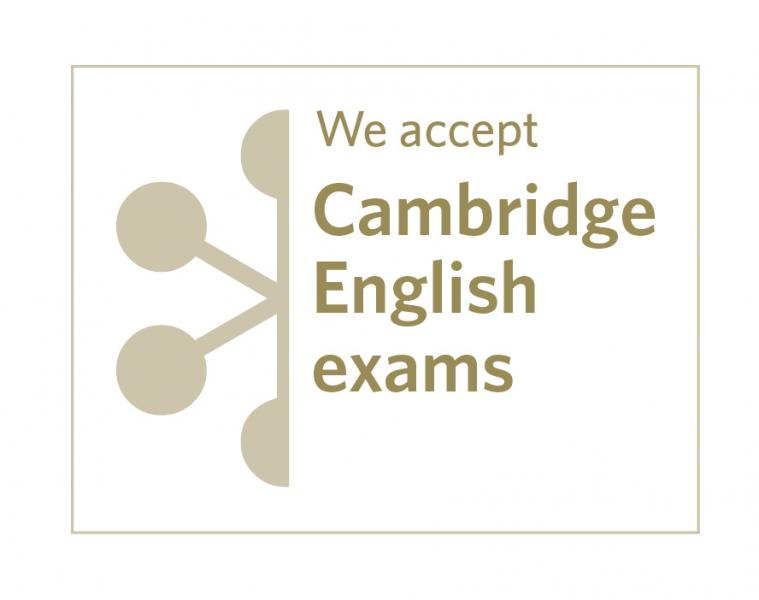Program - Academic English
Academic English
1st year (20 hours)
Reading
- understanding questions and instructions
- recognizing key terms, reading for key information
- guessing meaning in context
- scan reading
- gist reading
- reading for the main ideas
- choosing literature
- note-taking
- interactive reading
- analyzing information in complex texts
- predicting information, for example from visuals
Writing
- organising ideas
- linking words
- paragraph building
- giving advice
- asking for help
- drafting and building arguments
- signposting language
- drafting and revising content
- paraphrasing information
- avoiding plagiarism
- generating ideas
- planning an essay
- writing the conclusion
- creating a bibliography
Vocabulary
- defining terms
- word building
- collocations
- word families
- quantifying expressions
- noun phrases
- vocabulary for statistics and graphs
- phrases of frequency
- prepositional phrases
- language of possibility
- vocabulary used in presentations
- synonyms
- compound words
Speaking
- asking for study help
- making sure you have understood
- presenting and explaining one’s point of view
- describing a process in a presentation
- agreeing and disagreeing
- turn-taking in discussions
- signposting in presentations
- presenting solutions
- concluding a presentation
Listening
- listening for gist
- listening for detail
- scan listening
- interactive listening
Grammar
- noun forms
- -ing forms
- Present Simple, Present Perfect, Past Simple, Past Perfect in academic English
- reporting
- modal expressions
- relative clauses
- articles
- passive forms
- subordination
- cohesion
- participle clauses
Bibliography:
Thaine Craig: Cambridge Academic English Intermediate, Cambridge 2012.
2nd year (20 hours)
Reading
- critical reading, reading in detail, relationships between sentences
- predicting and checking predictions
- identifying the main points
- understanding meaning in context, inferring the meaning of words
- text evaluation
- understanding plagiarism
- reading efficiently
- understanding figures
Writing
- writing a summary (single and multiple sources)
- in-text referencing conventions, reference lists, primary and secondary sources, quotation conventions
- essay writing: developing an argument
- style in academic writing
- using evidence
- paraphrase vs. quotation
- writing up research: literature review, methods, results, discussion, abstract
- examples supporting key points
- organizing information in sentences
- writing a critique
- editing one’s own work
- signposting language
- referring to diagrams
Vocabulary
- nouns, compound nouns and complex noun phrases
- nominalization
- adjectives and adjective compounds
- verbs
- adverbs
- prepositions
- word families
- noun/verb + preposition
- formal and informal verbs
- movement up and down
- problem words
- complex conjunctions
- common prefixes in academic writing
- collocations
- hedging
Speaking
- group work
- group discussion
- problem solving
- giving feedback
- giving opinions
- professional presentations
- presenting and explaining results in charts
- conclusions and recommendations
- dealing with questions
- formality and politeness
Listening
- listening for gist
- listening for detail
- making notes
- understanding the main point
- recognizing lecture styles
Grammar
- -ing clauses with prepositions and conjunctions
- prepositions after passive verbs
- gender-neutral language
- being, of which, as-clauses, it-clauses
- subject-verb agreement
- tense choice in reporting
- irregular plural nouns
- noun + passive verb combinations
- word order
- conditional expressions
- punctuation
Bibliography:
Hewings Martin, and Craig Thaine: Cambridge Academic English Advanced, Cambridge 2012.














